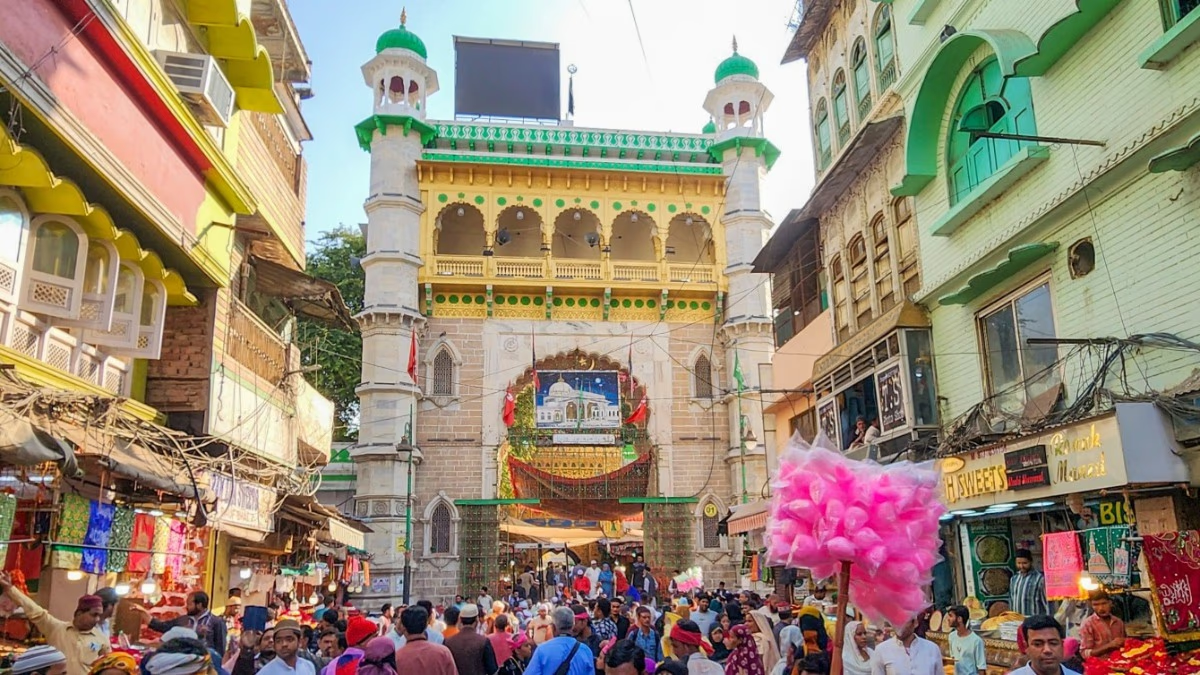In Rajasthan's Ajmer, a new wave of questions has risen after the court accepted a petition that claims Khwaja Moinuddin Chishti's dargah is a Hindu temple. Is this claim rested on just a book, or is there more to the story behind this significant allegation? What symbols and signs in the dargah complex are being compared to those of Hindu and Jain temples? To uncover these details, the team of Aaj Tak reached Ajmer to investigate each claim made about the dargah.
Indeed, controversy also swirls around Khwaja Saheb's dargah's grand gate. Beyond the Shivling alleged beneath the tomb, the dome structures of the grand gate are claimed to be remnants of Hindu and Jain temples, complete with a Kalash. This gate was the first created by Mahmud Khilji. Such figures are seen not only on Ajmer Sharif's grand gate but also on several surrounding important buildings, suggesting features of old Hindu-Jain temples. Approximately one kilometer from the dargah, Swastika marks were spotted on the 'Dhai Din ka Jhopra.' These symbols are being used by the Hindu side to reinforce their arguments, while pilgrims arriving here attribute political motives to them.
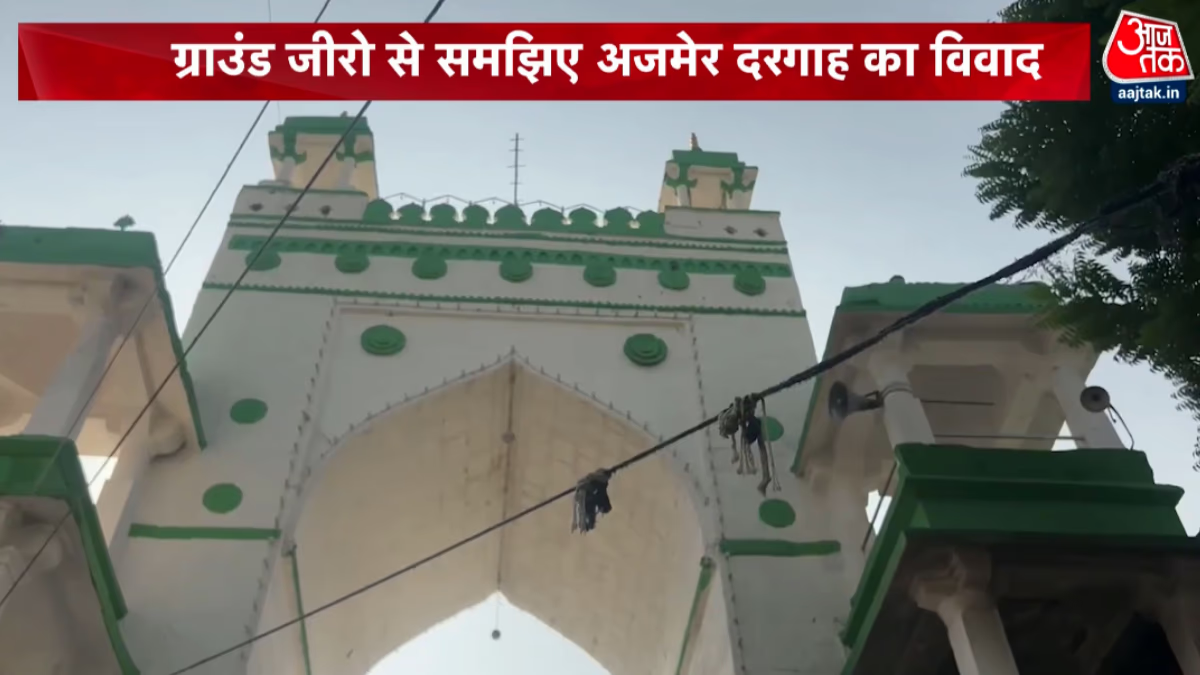
Source: aajtak
Swastika Marks Visible at Dhai Din ka Jhopra Even Today
When Harvilas Sarda mentioned the temple aspect in his 1911 book, he stated that the nearby 'Dhai Din ka Jhopra' was also constructed by demolishing Hindu and Jain temples. While the conflict at the dargah is recent, Swastika marks can still be seen under the supervision of ASI at 'Dhai Din ka Jhopra.' Over the years, many Hindu and Jain saints have protested the forced prayers here. The pillars of the sanctuary and exterior walls clearly showcase Hindu-Jain temple style. However, windows with Swastika marks are being demolished in the presence of ASI. A couple of ASI employees can't control the huge crowd here, and the warning on the board is blatantly ignored.
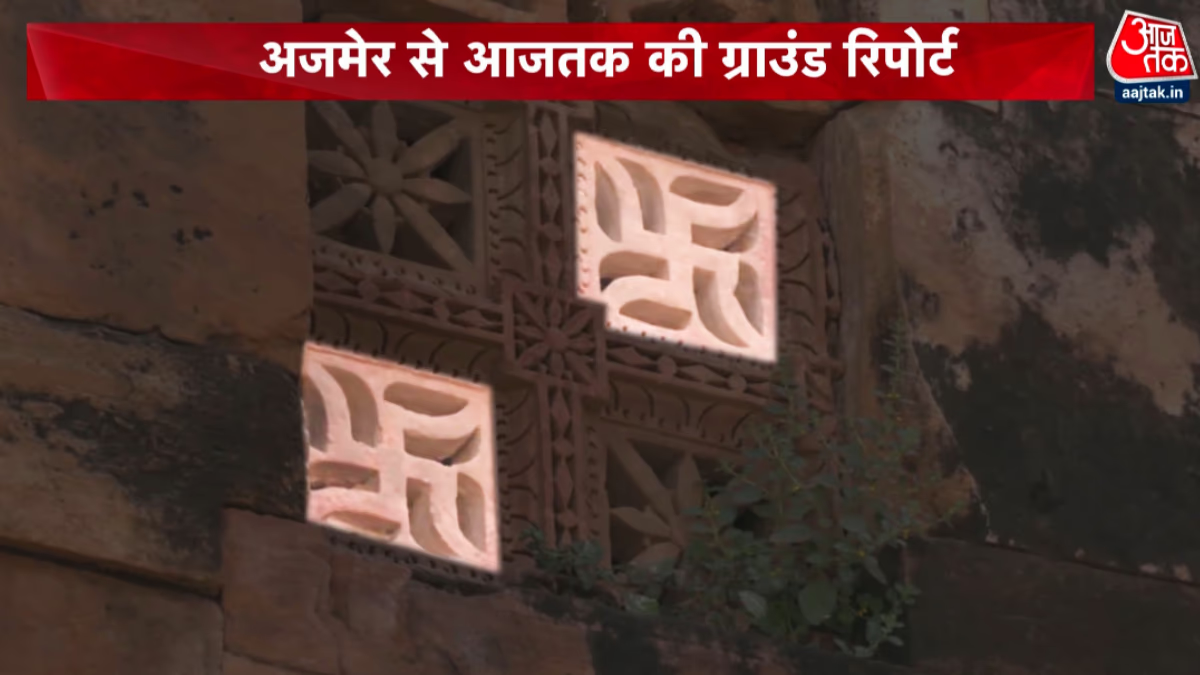
Source: aajtak
Dhai Din ka Jhopra Built by Qutb-ud-din Aibak
The 'Dhai Din ka Jhopra' was constructed by Qutb-ud-din Aibak, a general with Muhammad Ghori. Following Ghori's departure, Aibak, Ghori's slave, became ruler of Delhi, establishing the first Muslim Mamluk dynasty in India. Aibak passed away with Khwaja Moinuddin Chishti in 1236. Post his demise, Shams-ud-din Iltutmish, Ghiyath al-Din Khilji's son-in-law and favorite soldier of Aibak, took the throne, building Khwaja Moinuddin Chishti's dargah in Ajmer, which Giyasuddin Khilji reinforced, along with Mahmud Khilji's creation of the grand gate.
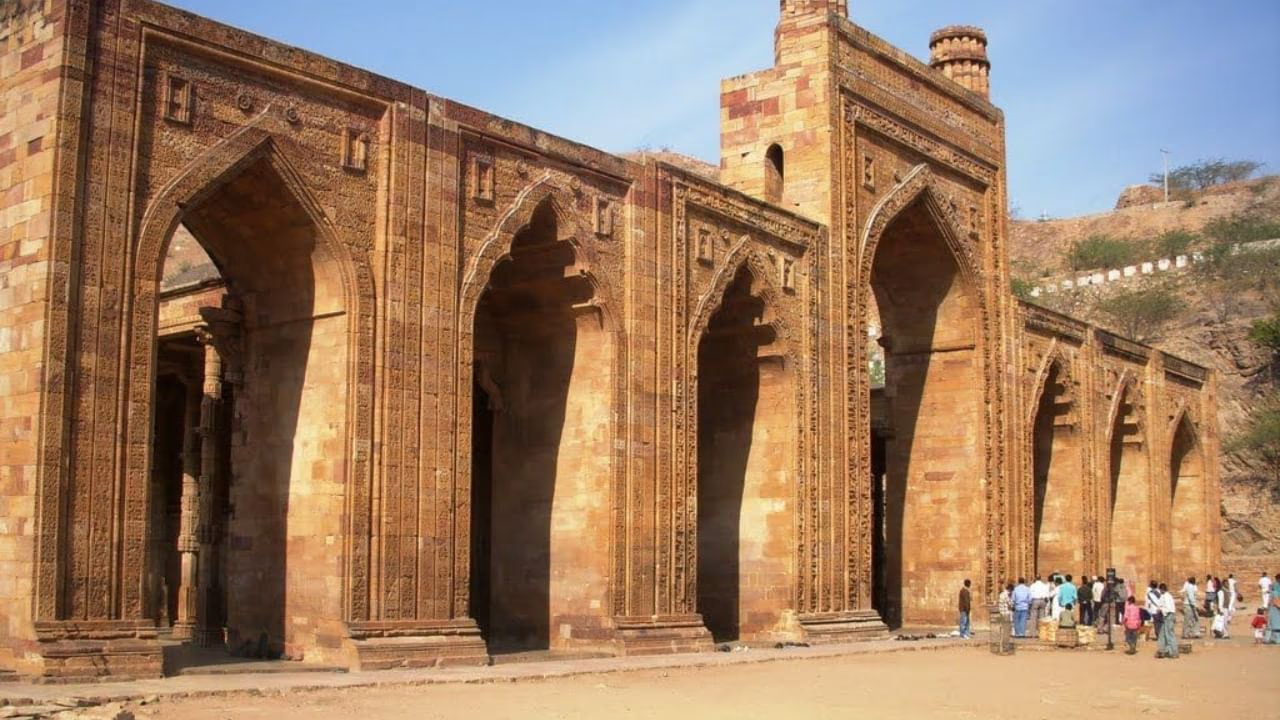
Source: aajtak
Dargah Committee's Divergent Claims
Concerning the claims involving Hindu temples and Swastika symbols, the Dargah Committee maintains a different narrative. They assert that these constructions are more recent and completely dismiss evidence of any temple marks. When asked, Dargah Diwan Zainul Abedin initially stated that the Swastika is not a Hindu symbol, noting its use by Hitler. However, when questioned about the domes and pillars resembling temples, he remarked that they might have been repaired using temple debris by contractors later, but that doesn't make them temples. Meanwhile, Secretary of Khadim Anjuman Sarwar Chishti stated he wouldn’t comment on this emerging controversy, noting it as a different issue.
Ajmer Deputy Mayor Neeraj Jain argued that the location was a Sanskrit school and temple, demolished by invaders. The evidence is plainly visible. ASI should open the rooms with statues found there and stop prayers in 'Dhai Din ka Jhopra.' This has started anew.
From the court's petition, people visiting for wishes were surprised. No one was willing to accept the temple claims. People merely express this as politics, considering it doesn't cost anything to say whatever. Such issues weren’t spoken of in Ajmer, as people live harmoniously here.
The Dargah Committee insists on remaining vigilant, unlike Sambhal's leniencies. Although not made a party in court, they plan to file a petition and demand to be heard. They object to the unilateral decision made without involving any person connected to the dargah.
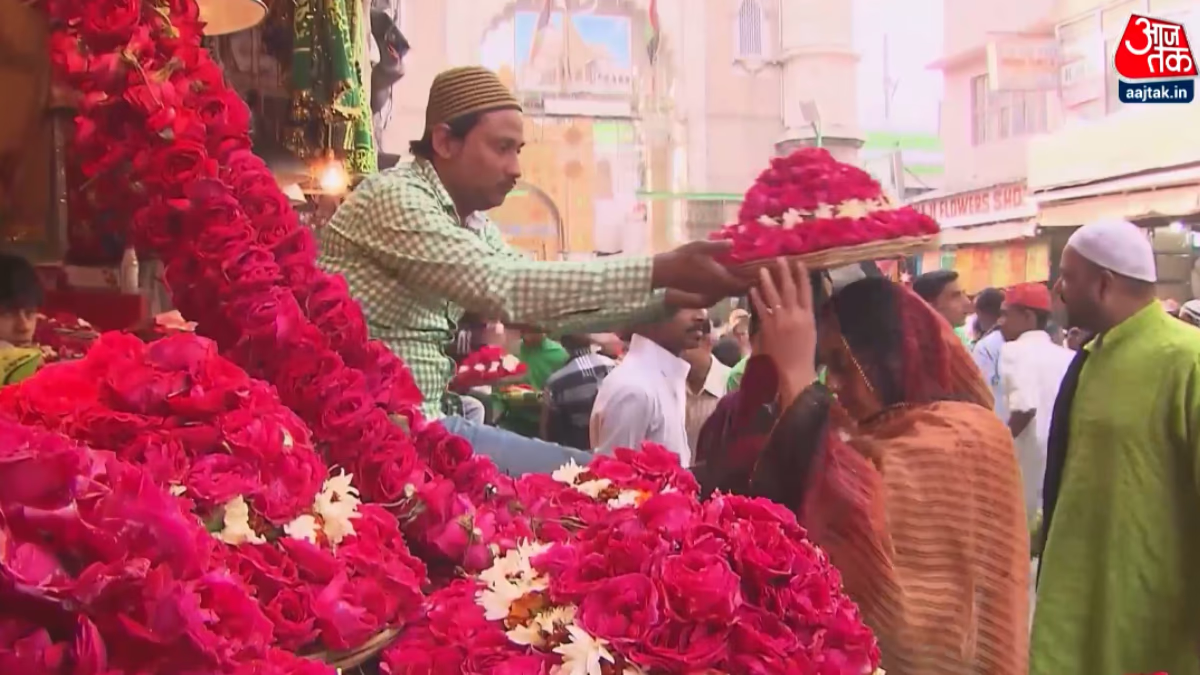
Source: aajtak
Questions Over the Dome Structures in the Dargah Complex
Opposition parties are raising questions over the claims, and even the Dargah Committee labels such petitions a violation of the Places of Worship Act, outright rejecting temple claims based on assumptions. Nevertheless, questions about the dome structures and portions of buildings in the dargah complex persist, as noted in Harvilas Sarda's book.
Page 93 of the book mentions the grand gate of Ajmer Sharif Dargah, noting that the three-story dome on the northern side of the gate was made from parts of a Hindu building. The dome's construction suggests its Hindu origin, with its surface adorned with beautiful carvings concealed by lime and paint, which should be revealed. Based on this, a claim of an old temple in Ajmer is made.
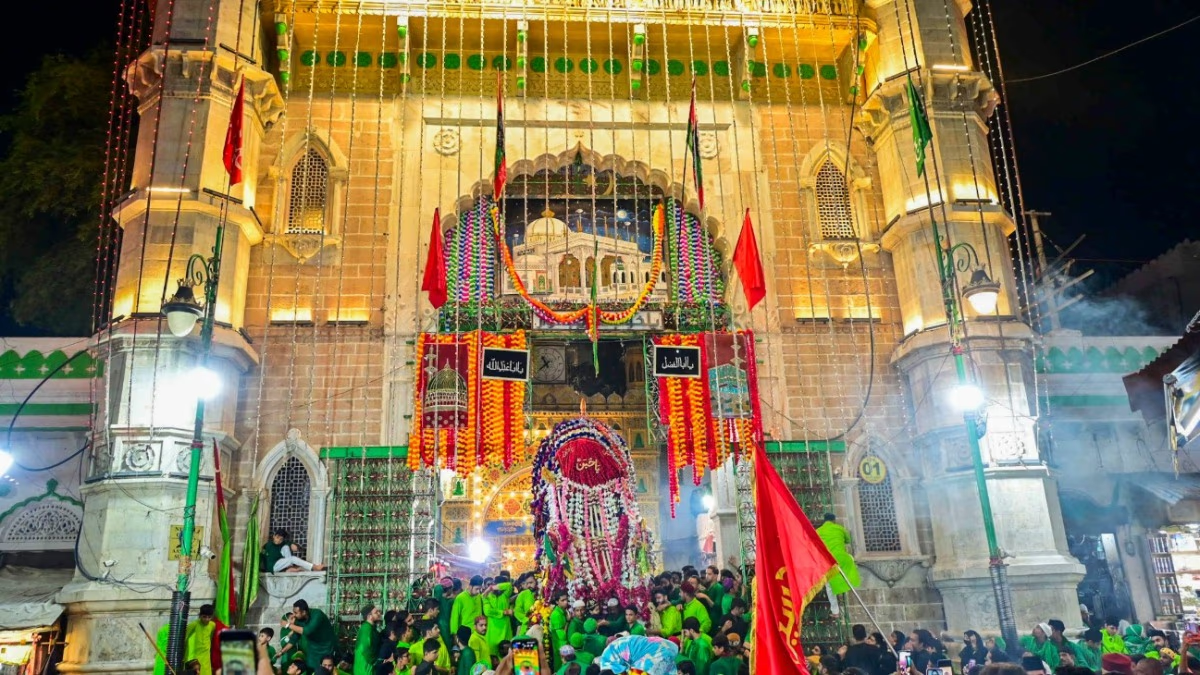
Source: aajtak
Vishnu Gupta Presents Three Bases for His Petition
Vishnu Gupta, the National President of Hindu Sena, who filed the temple claim petition, presented three primary bases: After two years of research and facts from retired judge Harvilas Sarda's book, a petition was filed. The book mentions a Brahmin couple lived there and worshipped at Mahadev Temple at the dargah site, with several other claims suggesting a Shiva temple existed before the dargah.
Both sides present their arguments, with the court preparing to hear the case based on the evidence. Meanwhile, the legal battle over Ajmer Sharif is on everyone's lips, with more to be decided on December 20.
